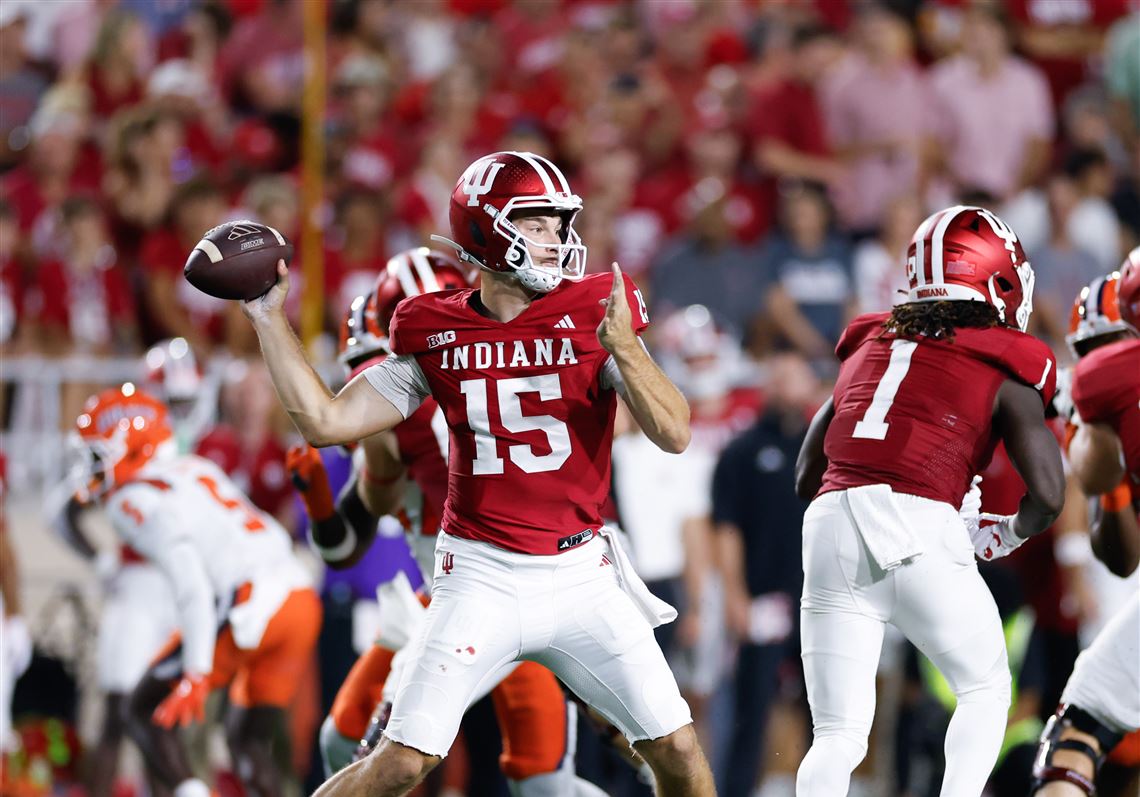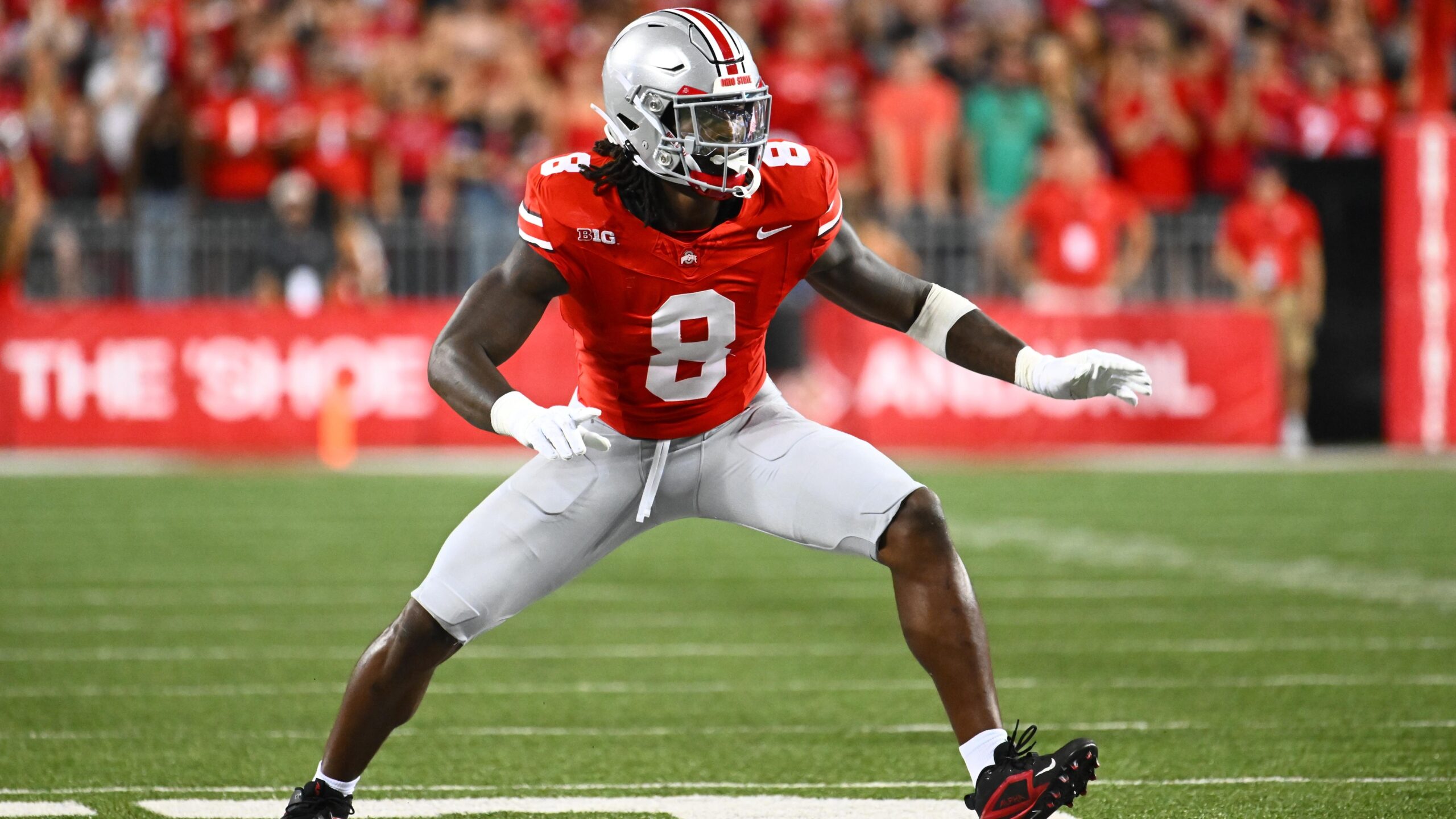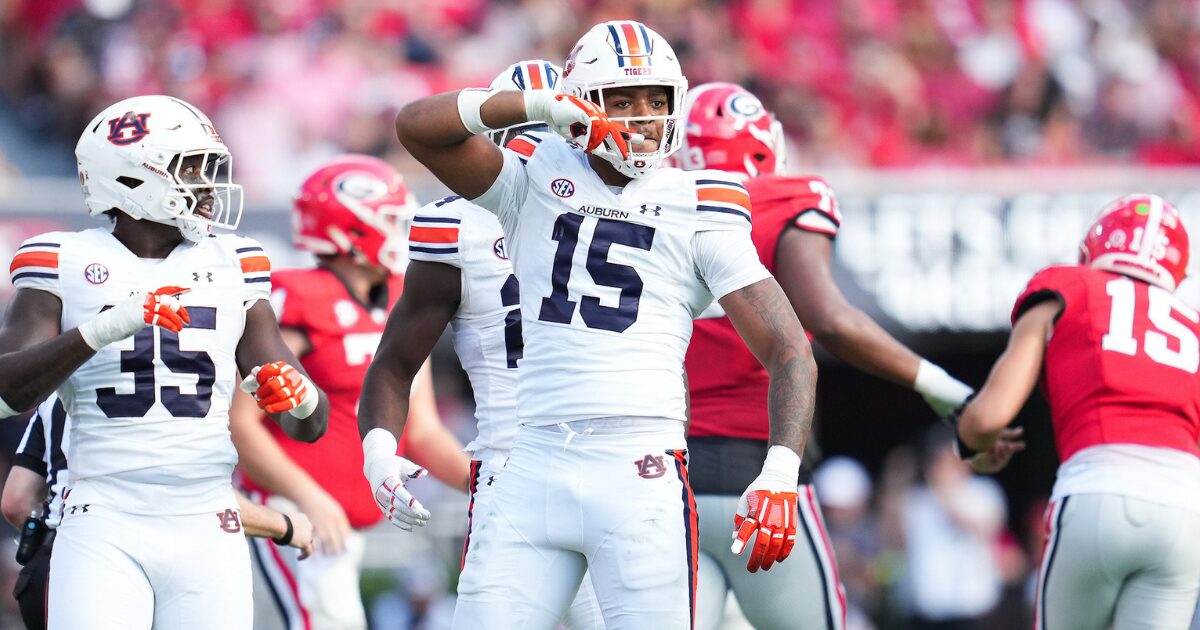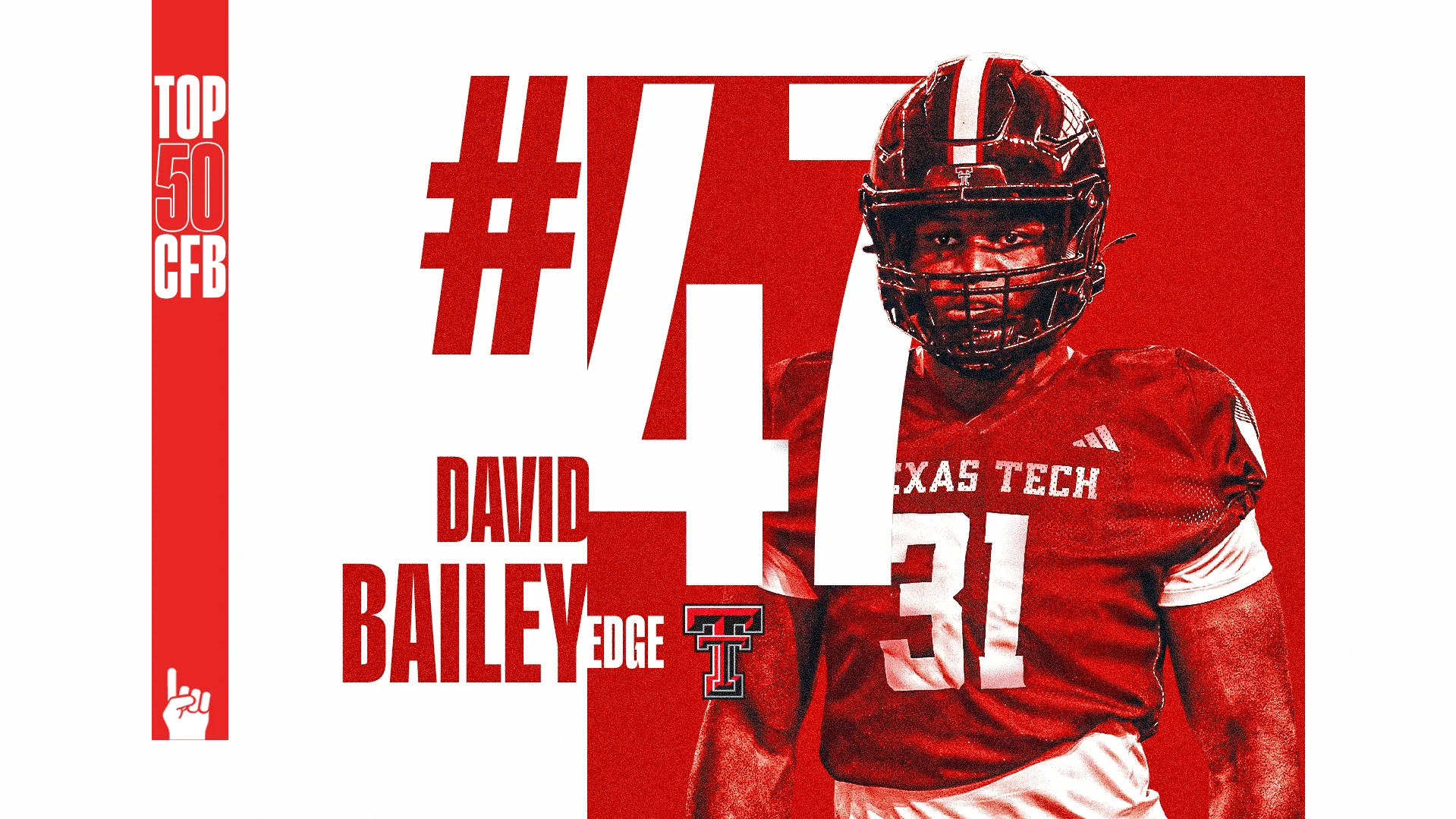Send Matt an e-mail here: [email protected]
All other e-mail, including advertising and link proposals, send to: [email protected]
Filling out a depth chart for your team to compete in this league is vital to success. You simply can’t load up on wide receivers and expect to win… unless you’re Matt Millen. Every year this debate comes up on which is more important: need or value.
Need pertains to filling in a weakness on a team and turning it into a strength. Say you were the Atlanta Falcons going into the 2008 NFL Draft. The quarterback position was a huge need. They filled that need by drafting Matt Ryan at No. 3 overall, but also could have done it in the second round with Louisville’s Brian Brohm.
Value pertains to many things I will discuss below and in future Draftology articles. Among how value is accumulated are overall talent level, positional value, scheme/system value, and intangible values (injury history, character risks, leadership, work ethic, etc.)
In the 2007 NFL Draft, Tampa Bay had Adrian Peterson rated higher on their draft board than Gaines Adams. We know this because after the draft press conferences Monte Kiffin said, “Gaines was the highest player rated on defense.” Adams wasn’t the highest-rated player overall; it had to be Peterson.
So why did they draft Adams ahead of Peterson? They lacked the need for a running back. Could they have used Peterson? Of course, but after investing a top-five pick in Cadillac Williams in 2005, then also having Michael Pittman and Earnest Graham on the roster, they decided against it.
Now, I know what you’re thinking. Peterson was rated ahead of Adams on their big board (or the overall ranking of players for a team assessing the draft talent pool) so does that mean Peterson had more value than Adams? No. He did have more talent, but Adams had more value for a few reasons:
1. He filled a huge need. Again, here we go with need versus value. Peterson didn’t have as much value as Adams because either Peterson or Cadillac was going to be on the bench. If they drafted Peterson, there was still going to be a huge gap at the right defensive end position in Tampa’s defense. Peterson might be a very special player, but so was Adams.
2. Adams fit Tampa’s defense perfectly. Monte Kiffin loves speed off the edge. Adams has an extremely quick first step. He’s tenacious and has great leadership skills. Tampa was getting older on defense and needed some young blood. When a player fits a scheme very well, that player brings more value to that team when they assess the player’s grade.
Another example of this was in the 2008 NFL Draft when the Houston Texans selected Duane Brown No. 26 overall. Brown was a projected third-round pick going into Draft Day, but zone-blocking scheme/offensive line extraordinaire Alex Gibbs loved Brown’s athleticism. He felt like he was going to excel in his system. Thus, he gave the Texans more value than say the Dallas Cowboys, who rely on bulky offensive linemen.
These are both examples of what I outline as scheme or system value.
3. Gaines Adams was also an extremely talented football player. Peterson might have been an elite prospect, and Adams was not, but his skill set is rare. How many defensive ends come out who are as productive as Adams who are 6-5, 265, and run a 4.66? Pretty rare. It’s not like Tampa was missing out on talent if they passed up Peterson. Yes, he is one of the best running back prospects in the last decade (with some injury concerns, mind you), but Adams had a lot of value as well in terms of NFL upside. Adams was also reported to have great work ethic and character, and didn’t take a lot of plays off. He wasn’t a risky prospect for the Buccaneers.
There were three reasons in the above example in how you can determine need and value, and it applies with nearly every draft pick in every war room. Need is easy to understand and I’m sure you didn’t learn anything by me describing it, but value is something that is misunderstood every year. Just because you’re a more talented player, doesn’t mean you have more “value.”
In the next Draftology lesson I will discuss what I mean by positional value, how it relates to the big board, and recent/future trends it has on the NFL Draft.
NFL Draftology 101: Introduction to NFL Draftology
NFL Draftology 112: Need Versus Value
NFL Draftology 205A: Positional Demand
NFL Draftology 205B: Positional Impact
NFL Draftology 205C: Positional Impact Continued
NFL Draftology 320: Dissecting the Trade Value Chart
NFL Draftology 321: Revising the Trade Value Chart
NFL Draftology 378: The Safest Pick Myth
MISSING




